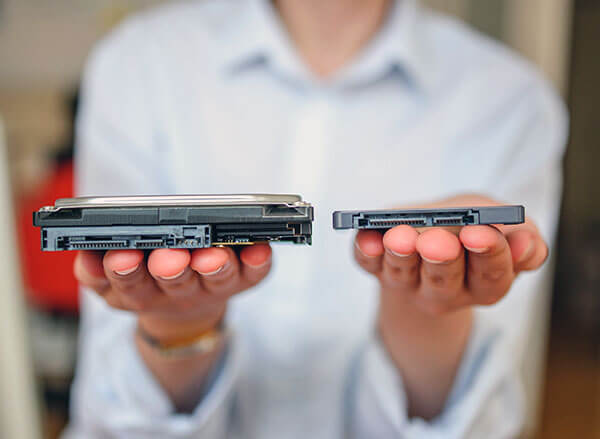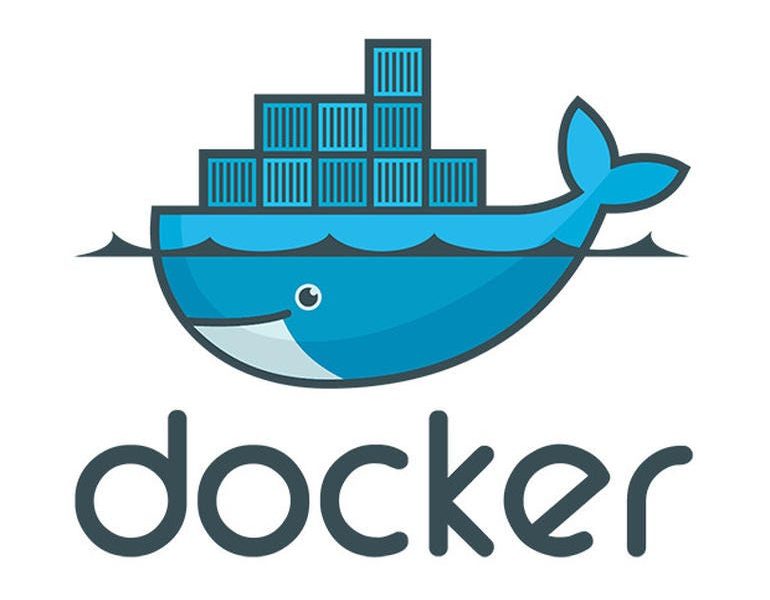Let’s just get this piece out of the way now. Although it may seem like it, this is NOT a sponsored or paid post. These are my genuine experiences and feelings.
So, you need storage. Maybe you’re debating on local disk vs. SAN. Or maybe you’ve already decided on SAN but are looking at traditional spinning disk vs. hybrid vs. all flash. But which choice should you make? There are certainly cost differences between the choices, but they aren’t always as drastic as you’d think. I’ve been around the block a few times with storage. I’ve worked with EMC Spinning Disk, NetApp Spinning Disk, Nimble Hybrid, Nimble All Flash, Pure All Flash //x and Pure All Flash //c and Pure Flashblade.
Every company has it’s successes and merits. But, without hesitation, I tell you that Pure Storage (link) is the absolute best SAN technology I’ve ever worked with. NetApp is a staple, but they are old, monolithic and behind the times. Instead of developing the next generation of storage technology, they acquired it. It’s just not ready for prime time and I’m not sure it ever will be. The are two major problems with acquisitions of this nature. First, there is rarely synergy with the existing portfolio. Second, often times the acquisition takes a smaller successful company and forces the larger company’s unsuccessful mindset and business practices on them. Just look at Nimble. Prior to the HPE acquisition, Nimble was a force to be reckoned with in the market. Strong and reliable storage. I’ve invested over hundreds of thousands of dollars in Nimble’s SANs over the years. The HPE acquisition has been an absolutely terrible disaster. From units too long for a standard server rack to be closable (how does that even happen?!), constant software bugs causing hours long outages, frequent hardware failures and an industry worst support team, Nimble is not a fraction of what it used to be. Nimble is losing market-share faster than I’ve ever seen. But enough of why you *shouldn’t* pick something and more on why you *should* consider Pure…
Flash with a Purpose
Pure offers two different arrays. FlashArray //X and FlashArray //C. Each with it’s own purpose. The //X is focused on low latency performance. With all NVMe storage, it’s latency best measured in microseconds, not milliseconds. Some would call it the “Cadillac” of flash storage. I prefer to call it the “Lamborghini” because it’s that damn fast. It’s the Lambo you can afford! The //C is a Tier 2 capacity focused array. Still NVMe, still pretty darn fast, but with a cost per GB low enough to replace spinning disk and hybrid array workloads. And dense! You can get 7.2PB (not a typo, PB) in only 9 RU. 9! Seriously people, 9 rack units.
Evergreen
I don’t know about you, but I hate going to my leadership asking to upgrade perfectly good hardware because we need more performance. Controller upgrades can be expensive. Even worse, it sucks to overbuy hardware today to ensure it’s large enough for load 3 years from now. With Pure’s Evergreen subscription, you get FREE controller upgrades every 3 years. But wait… there’s more. Buy what you need today. Only pay the difference to upgrade later.
Multi-functional
Most SANs support iSCSI and Fiberchannel. That’s nothing new. Pure also natively supports NVMe-oF, SMB and NFS! Pros and cons to each protocol. You still need to think about how you are going to use it and which makes the most sense.
Secret Sauce
Pure’s secret sauce is their Purity operating system. Some of the advantages baked inside:
- Due to the way writes are handled, your snapshots are perfect and application consistent every single time. All without utilizing OS level providers like VSS. In an instant, you can snap a group of volumes, clone and mount on another server for whatever purposes you may have.
- The best deduplication and compression you’ll find.
- Ransomware immunity. Yes. I said it. Immunity. “Safemode snapshots” are undeleteable read-only snapshots that ransomware won’t be able to touch. Get hit? Restore from a secure snap.
Bonus: Free Encryption at Rest
This is not unique to Pure, but as a flash array, all data is encrypted at rest by default. Another checkmark for your security audits.
The Bottom Line
The bottom line is this: When looking at storage, there are a ton of options available on the market. Do your own research. But, trust me… Make sure Pure Storage is on your list. It’s pretty amazing!


